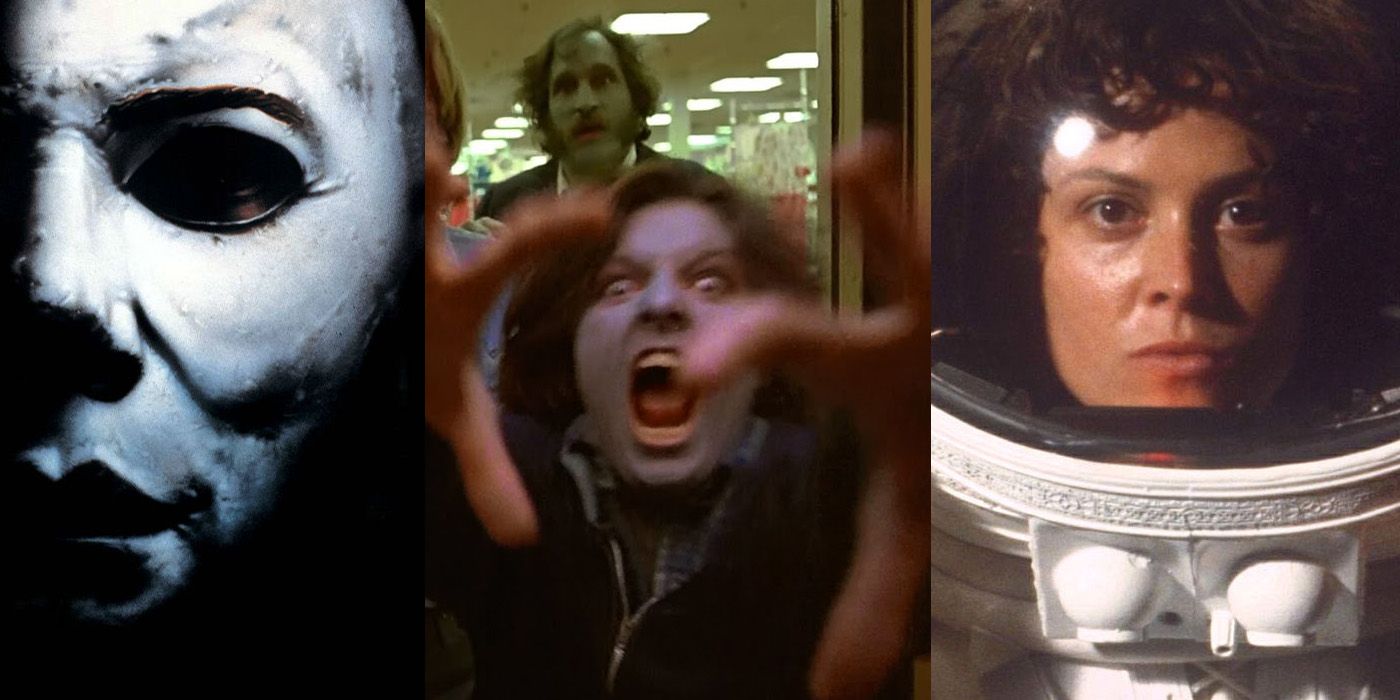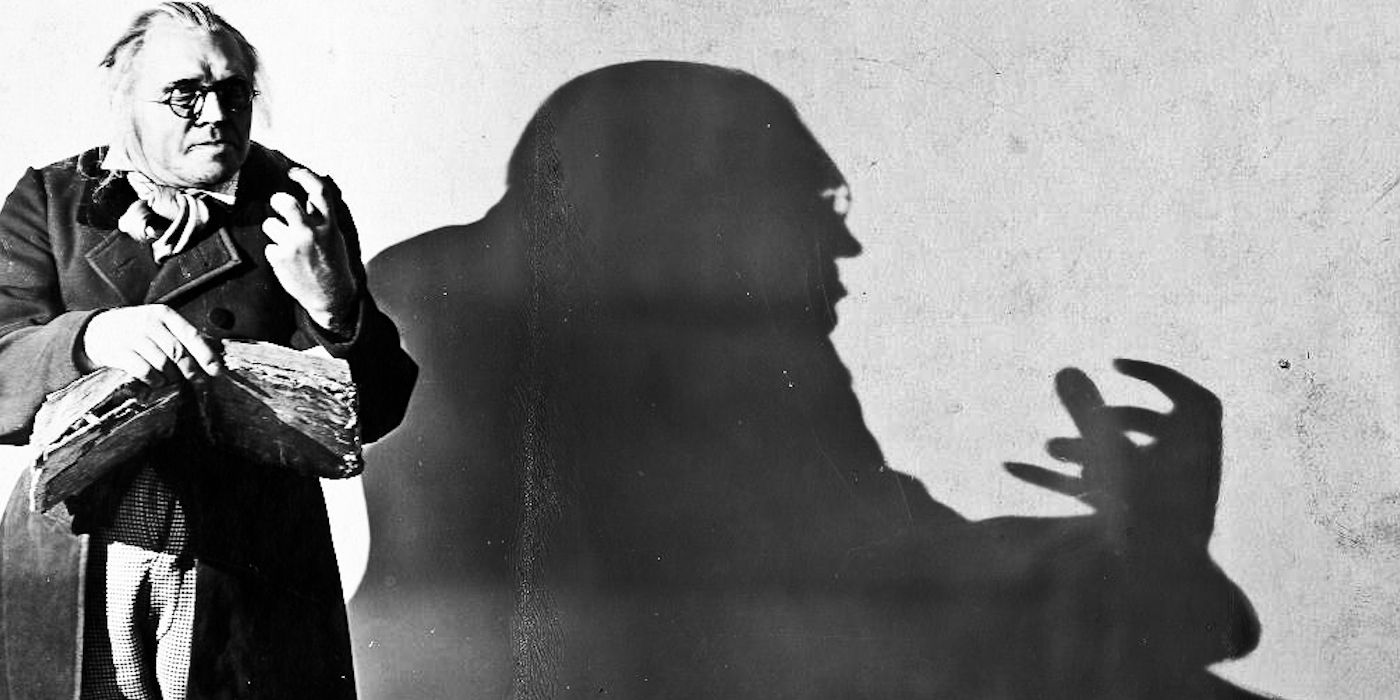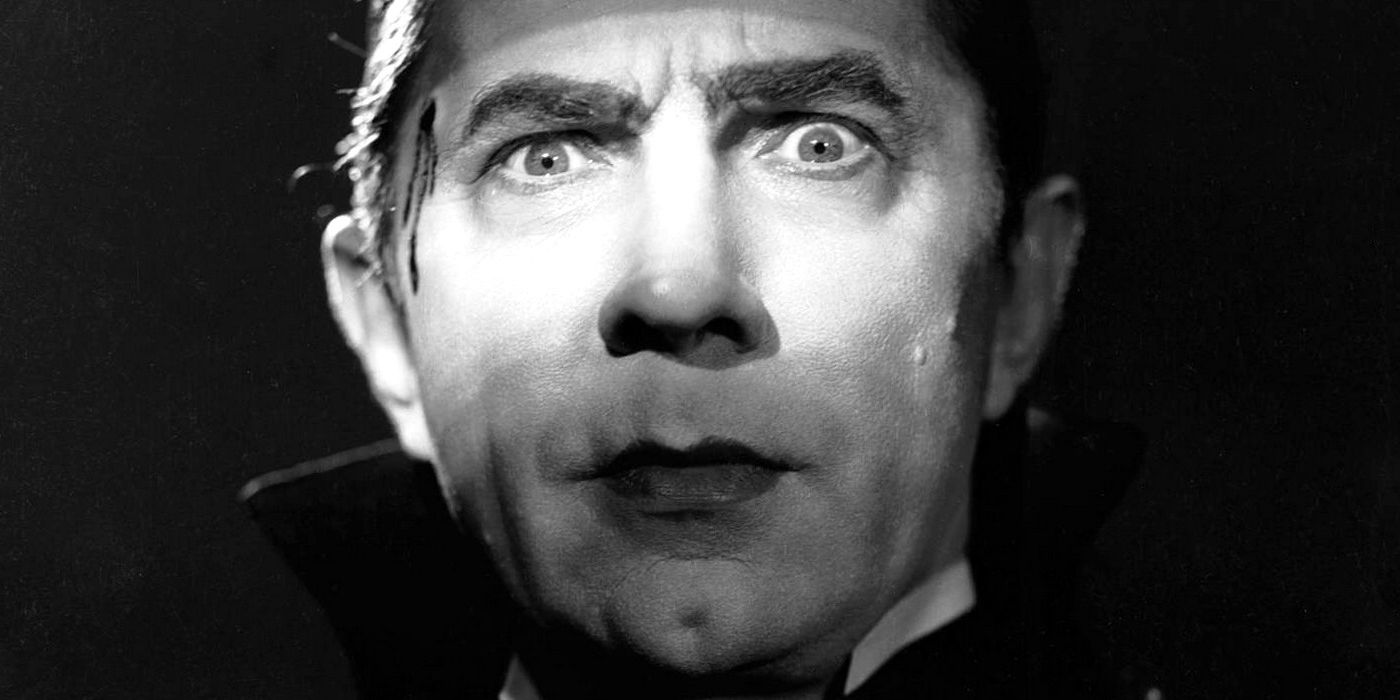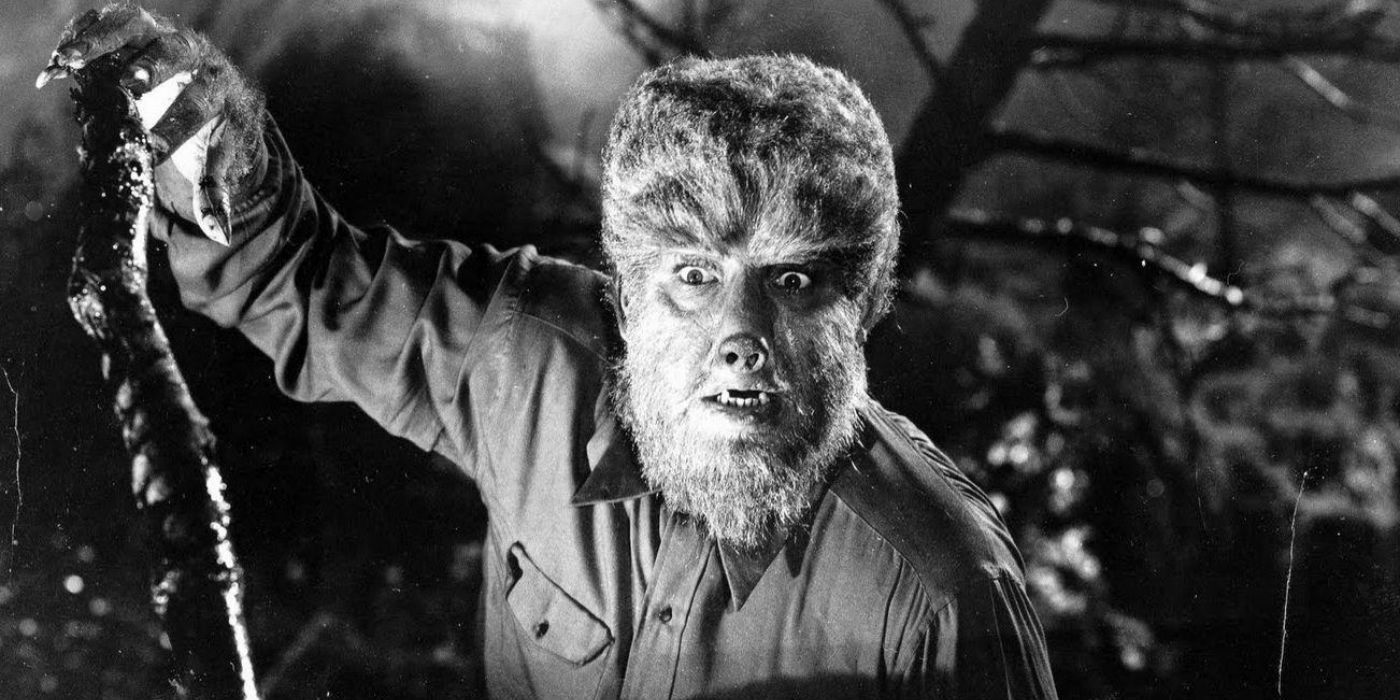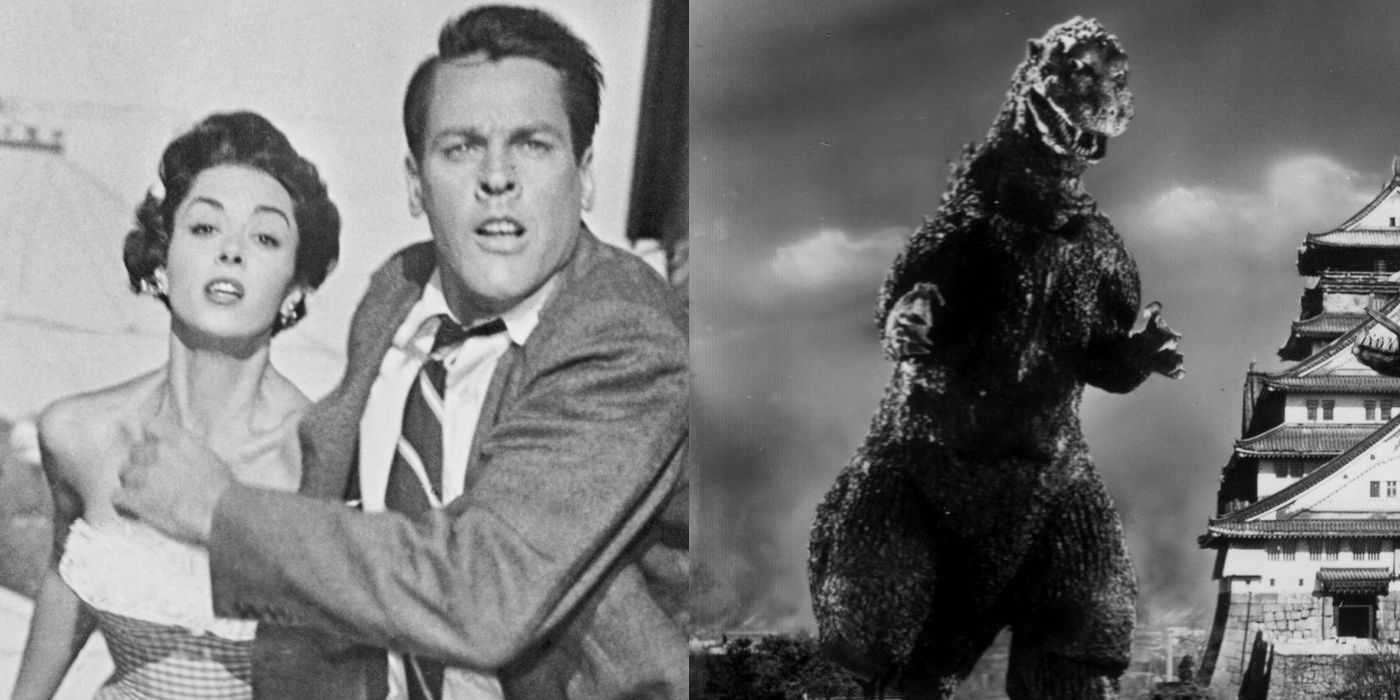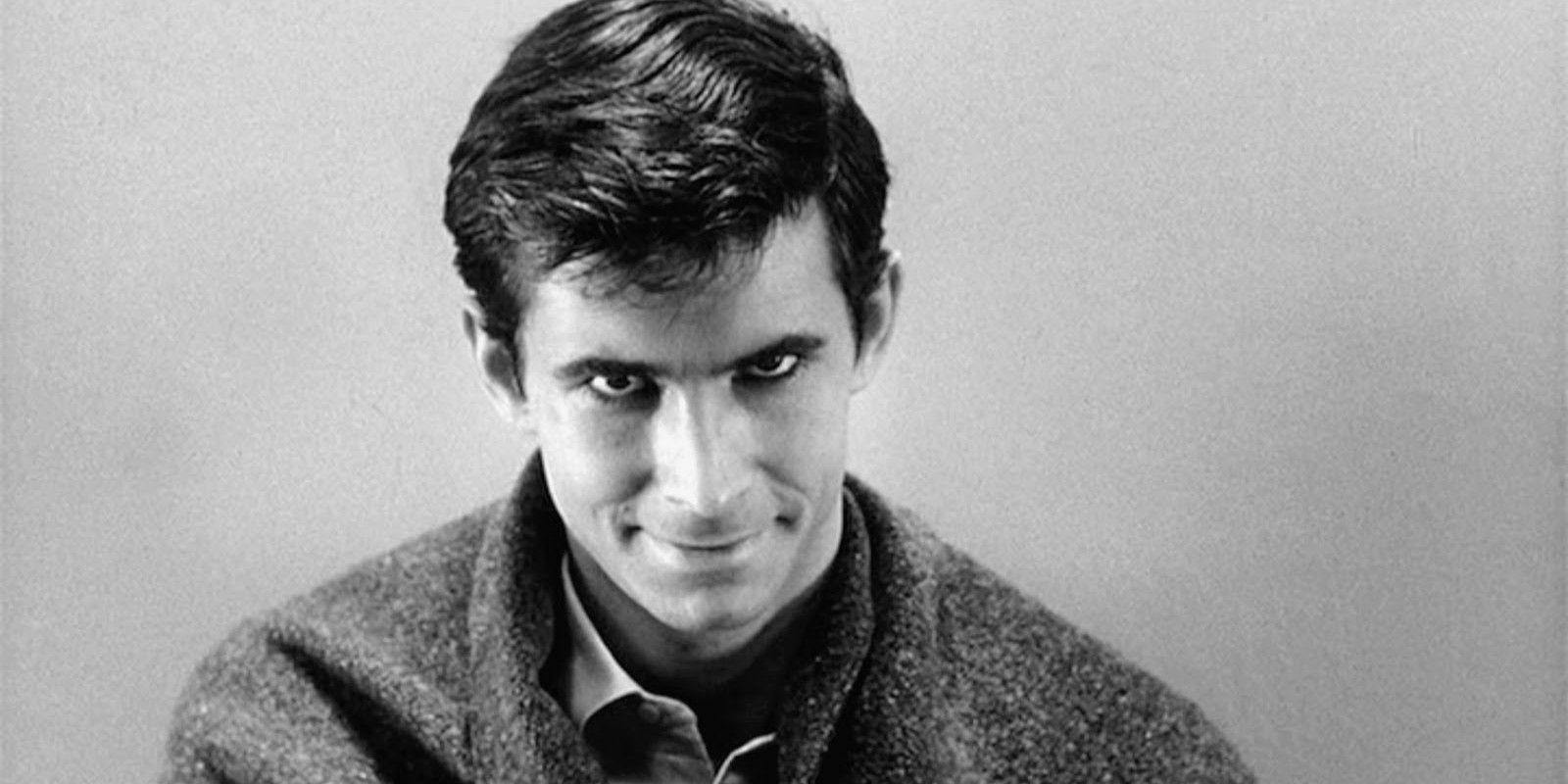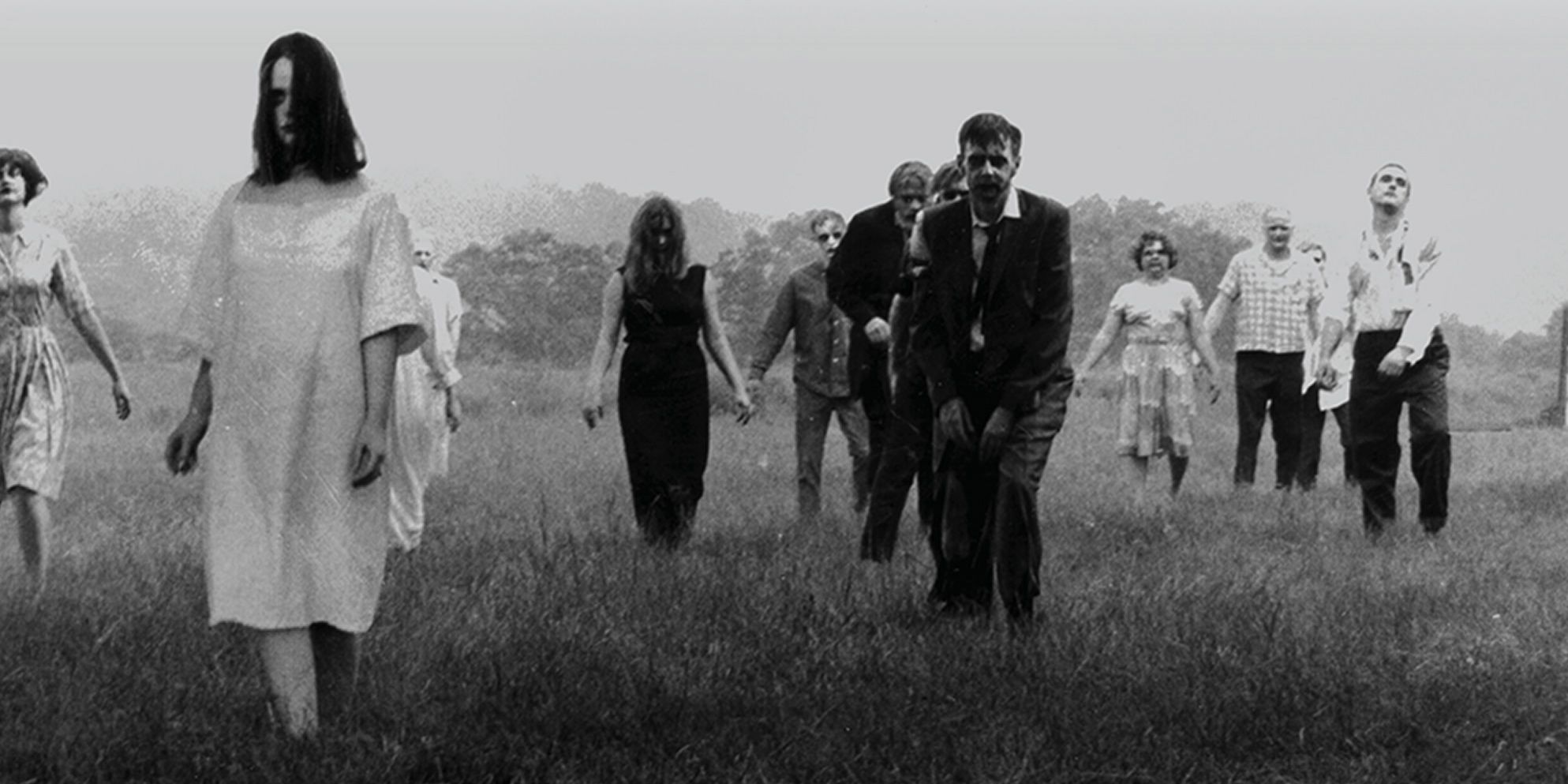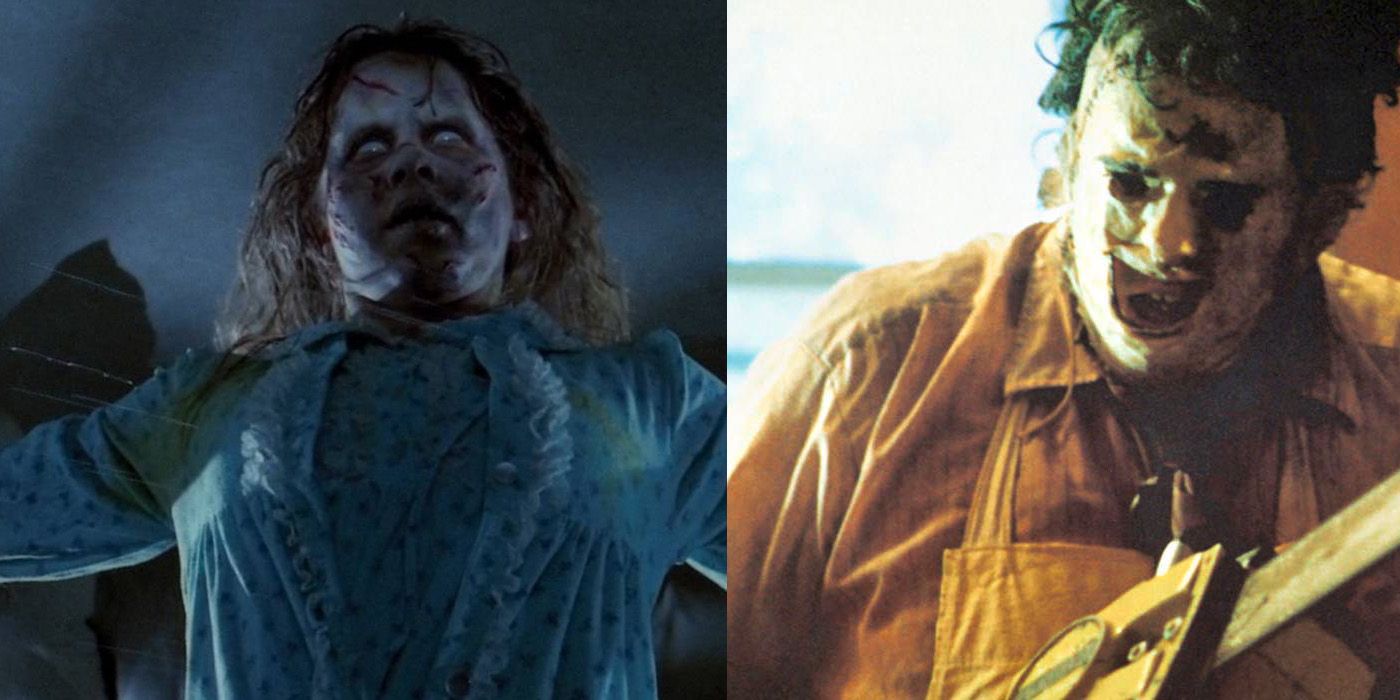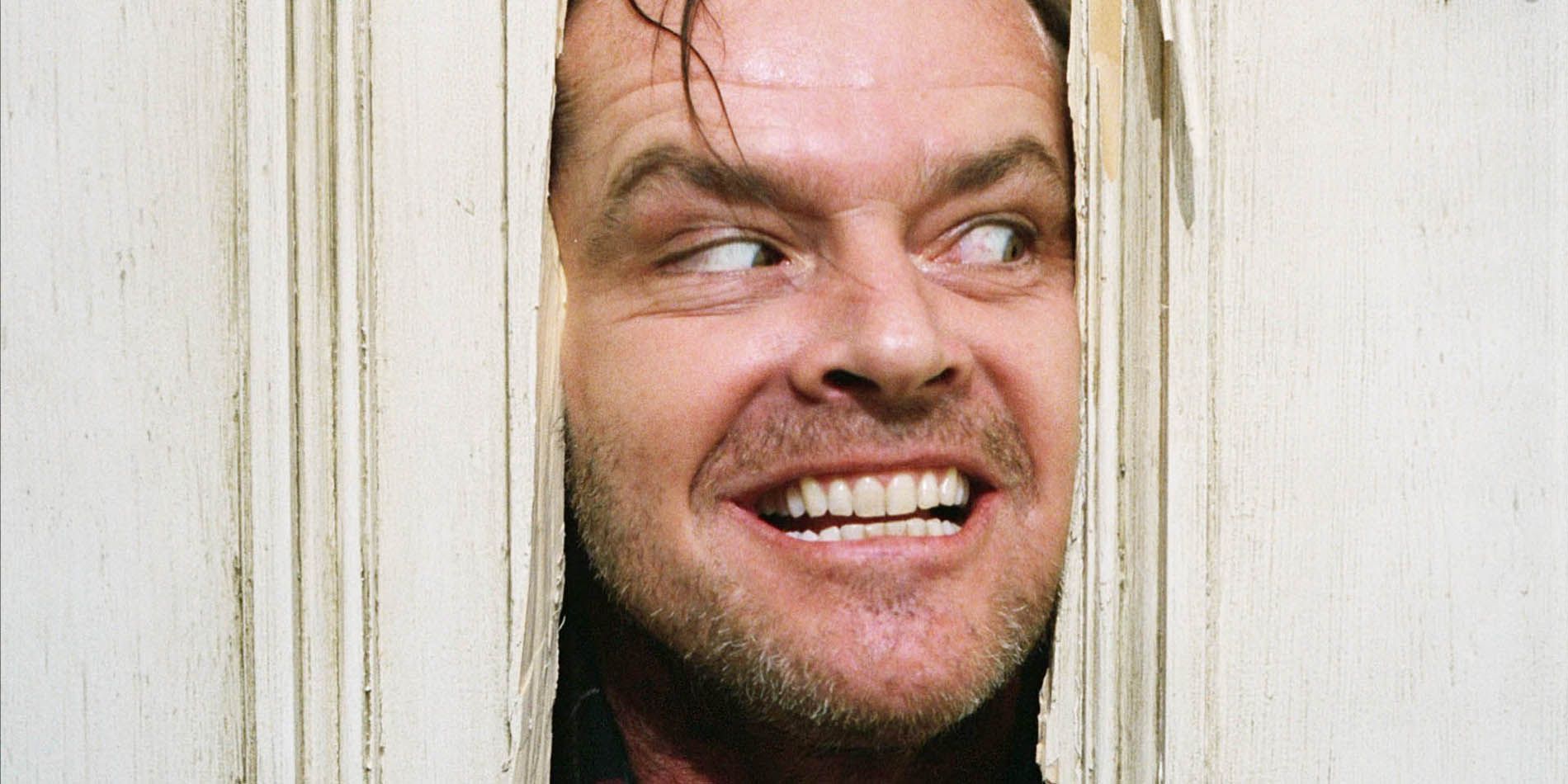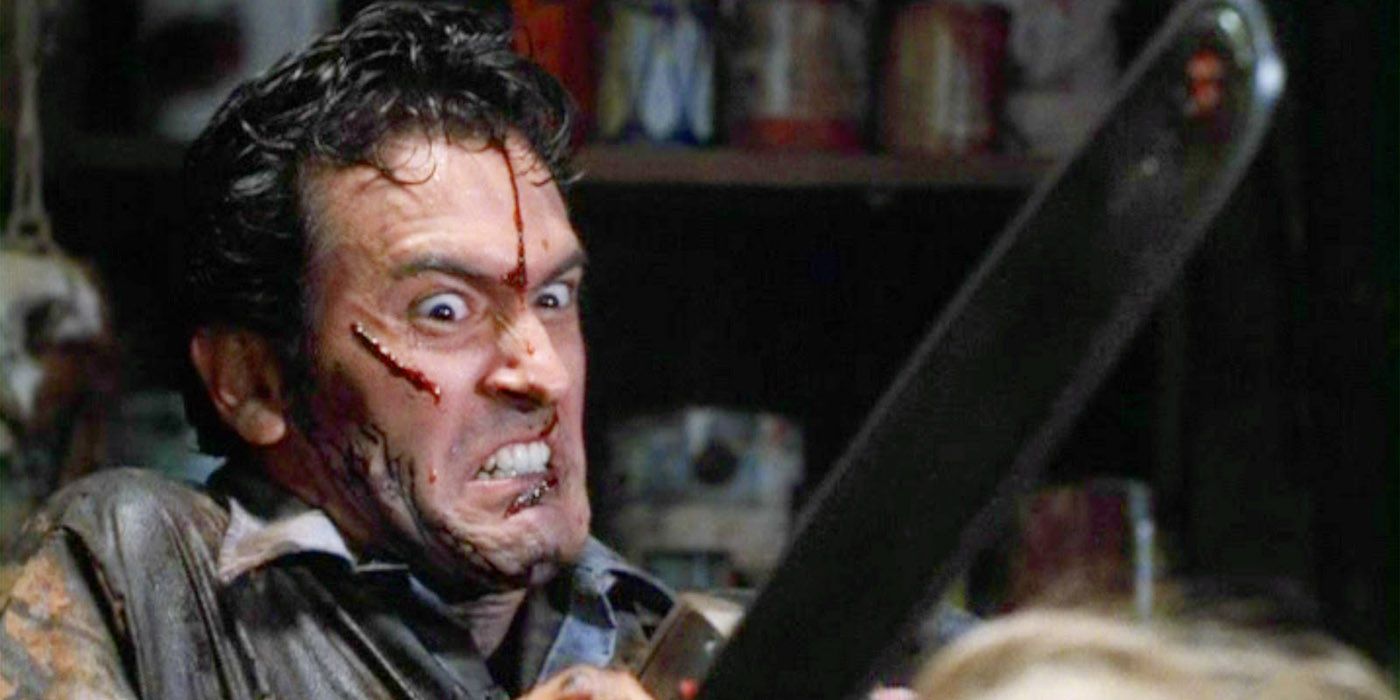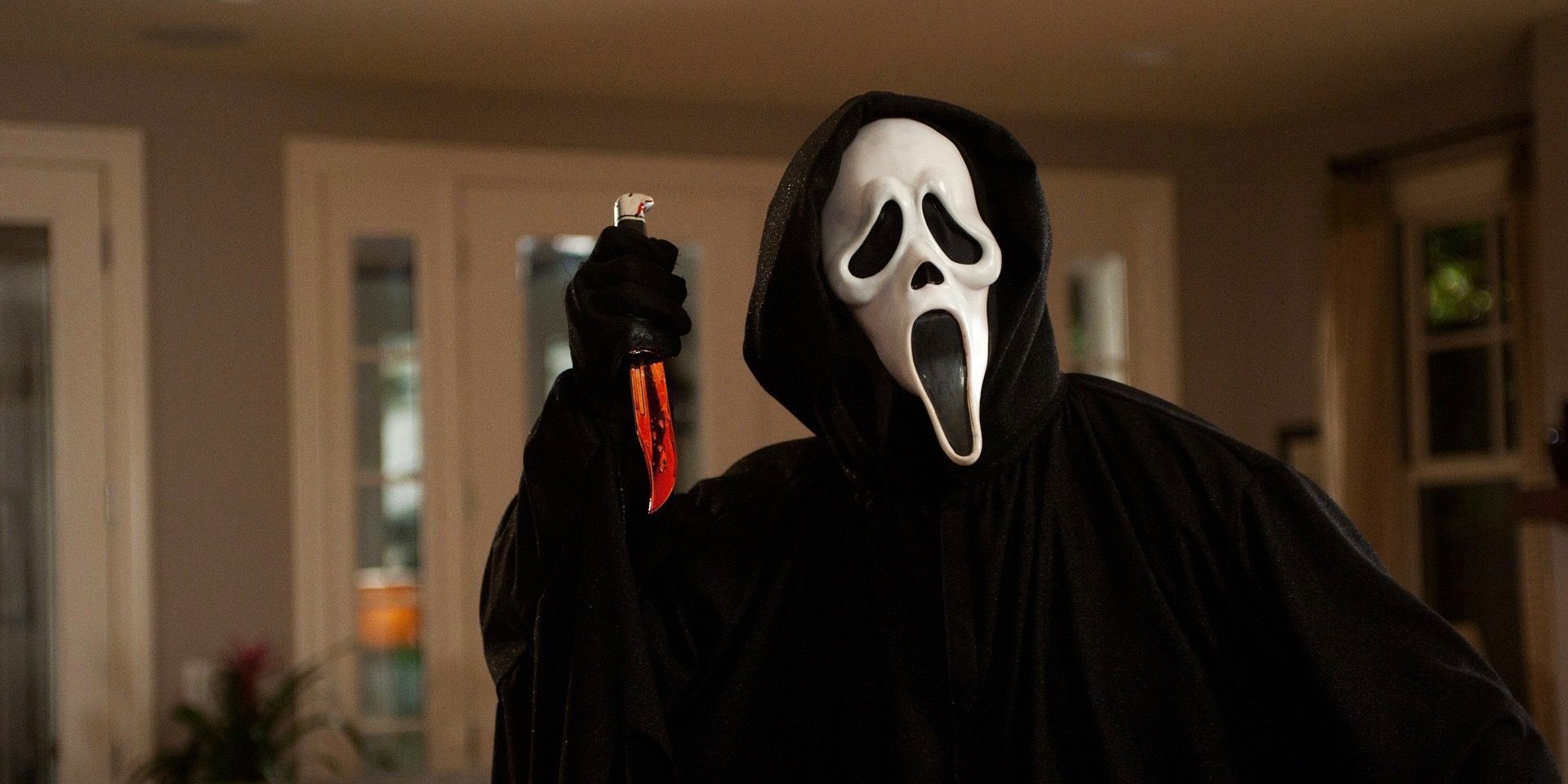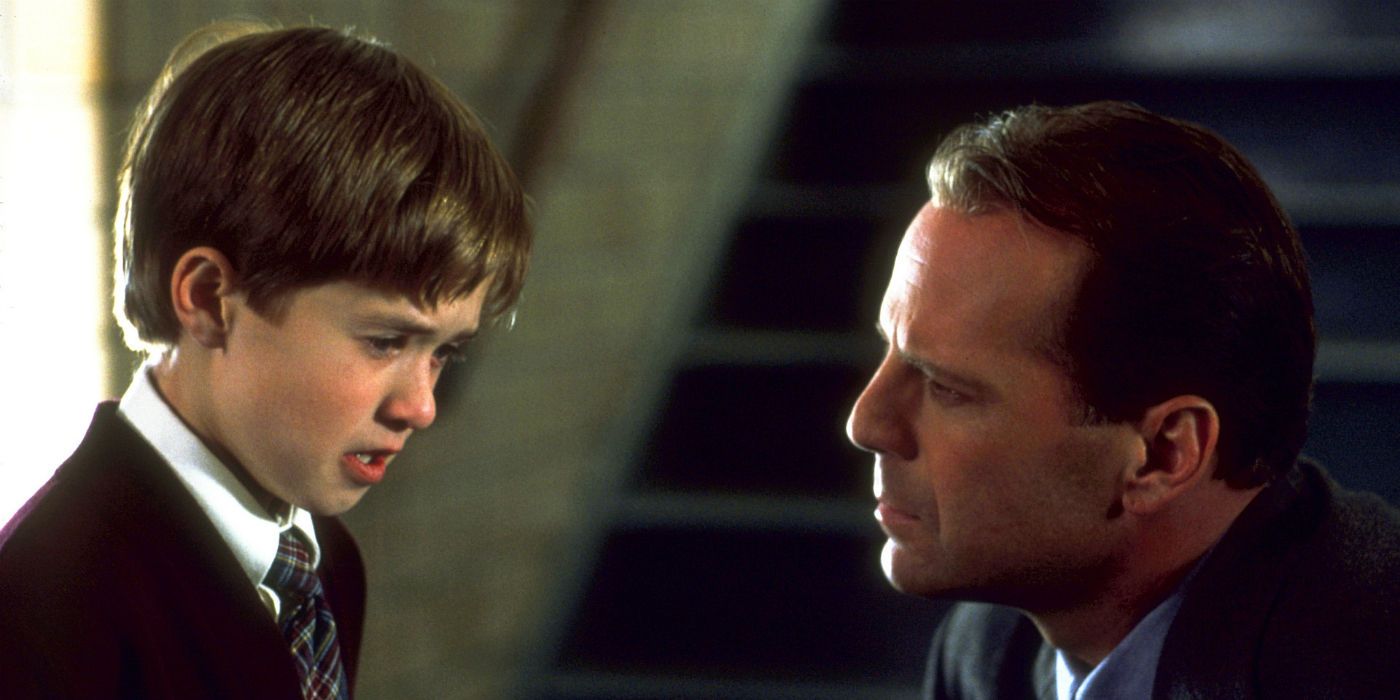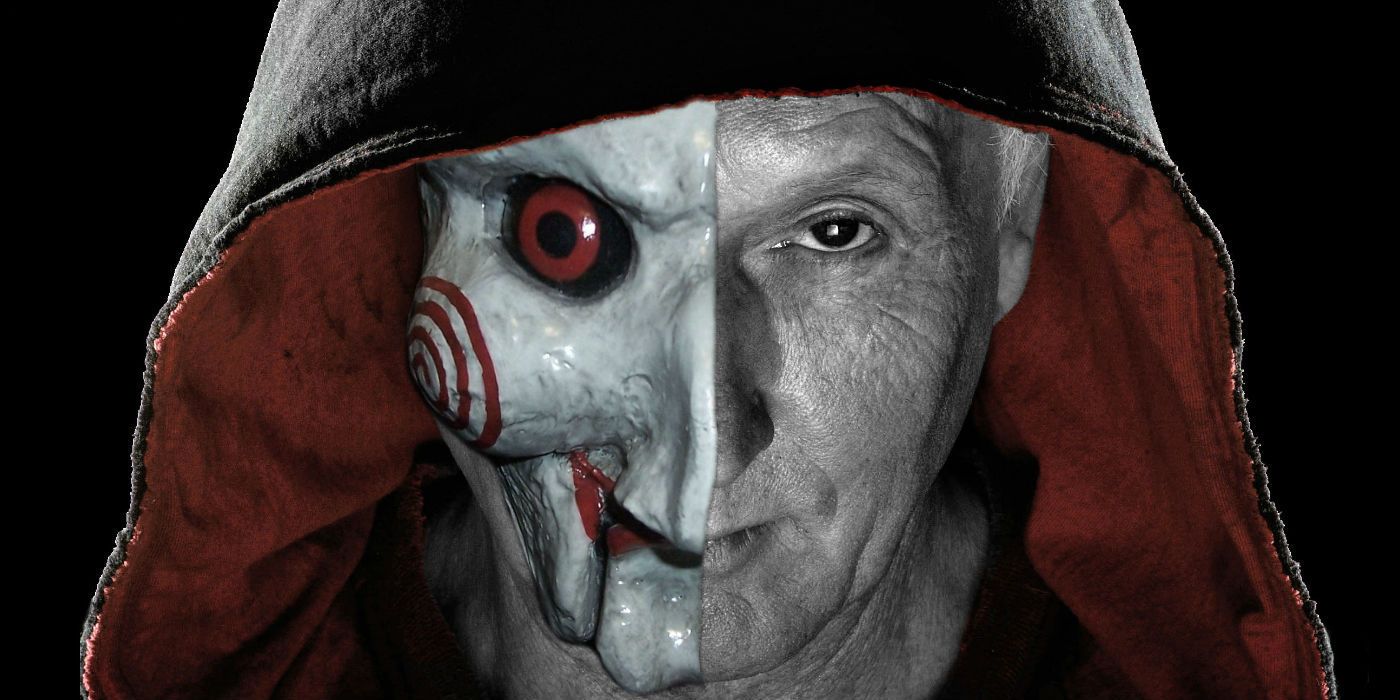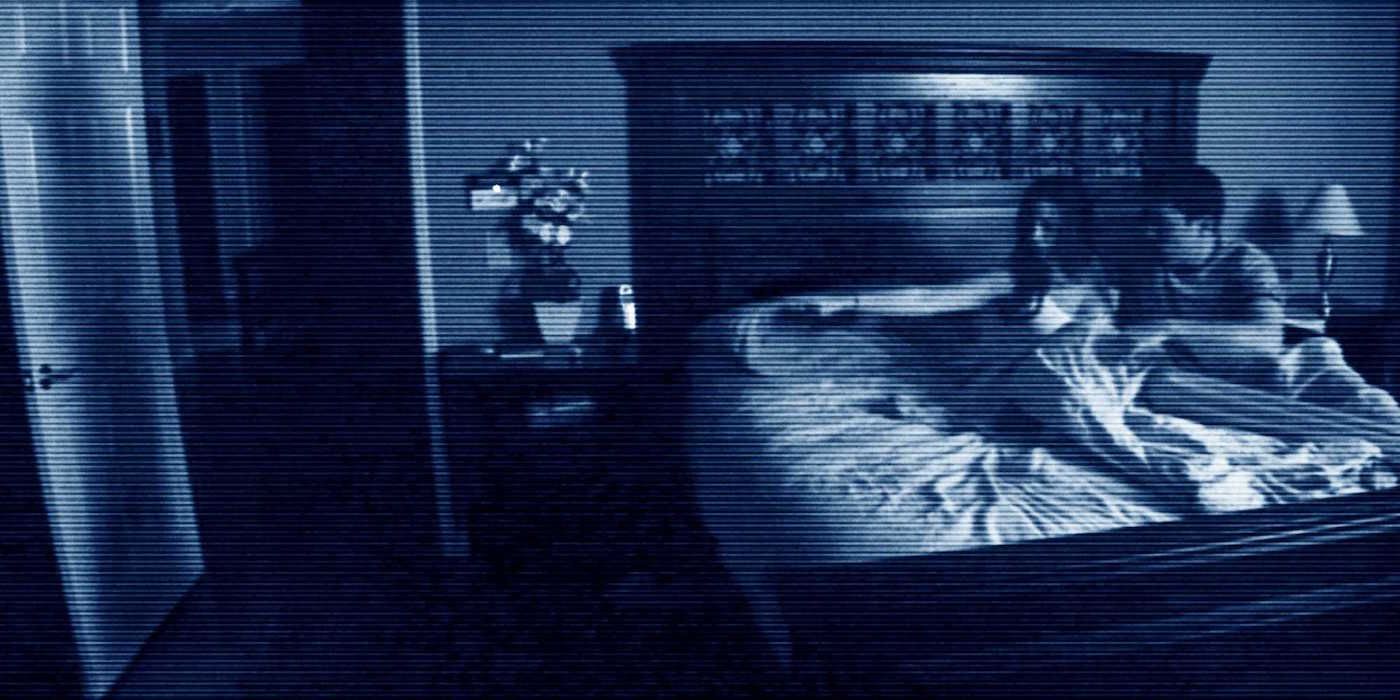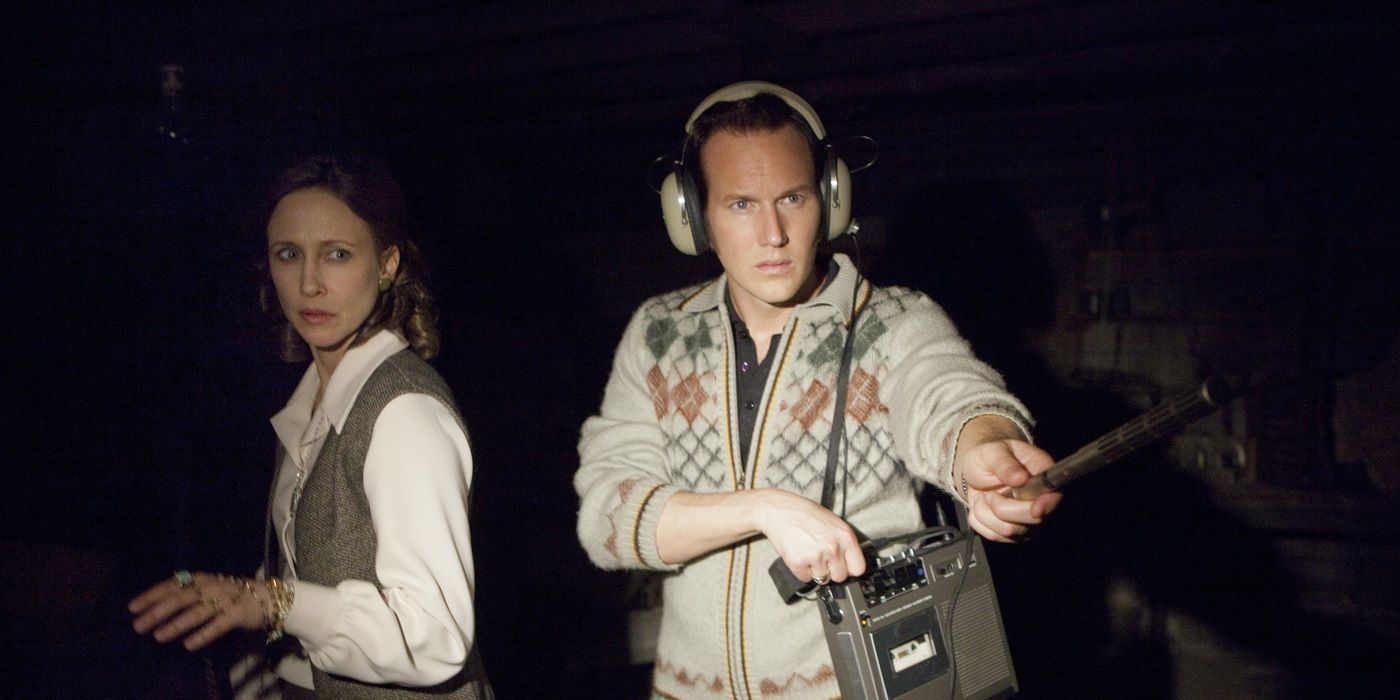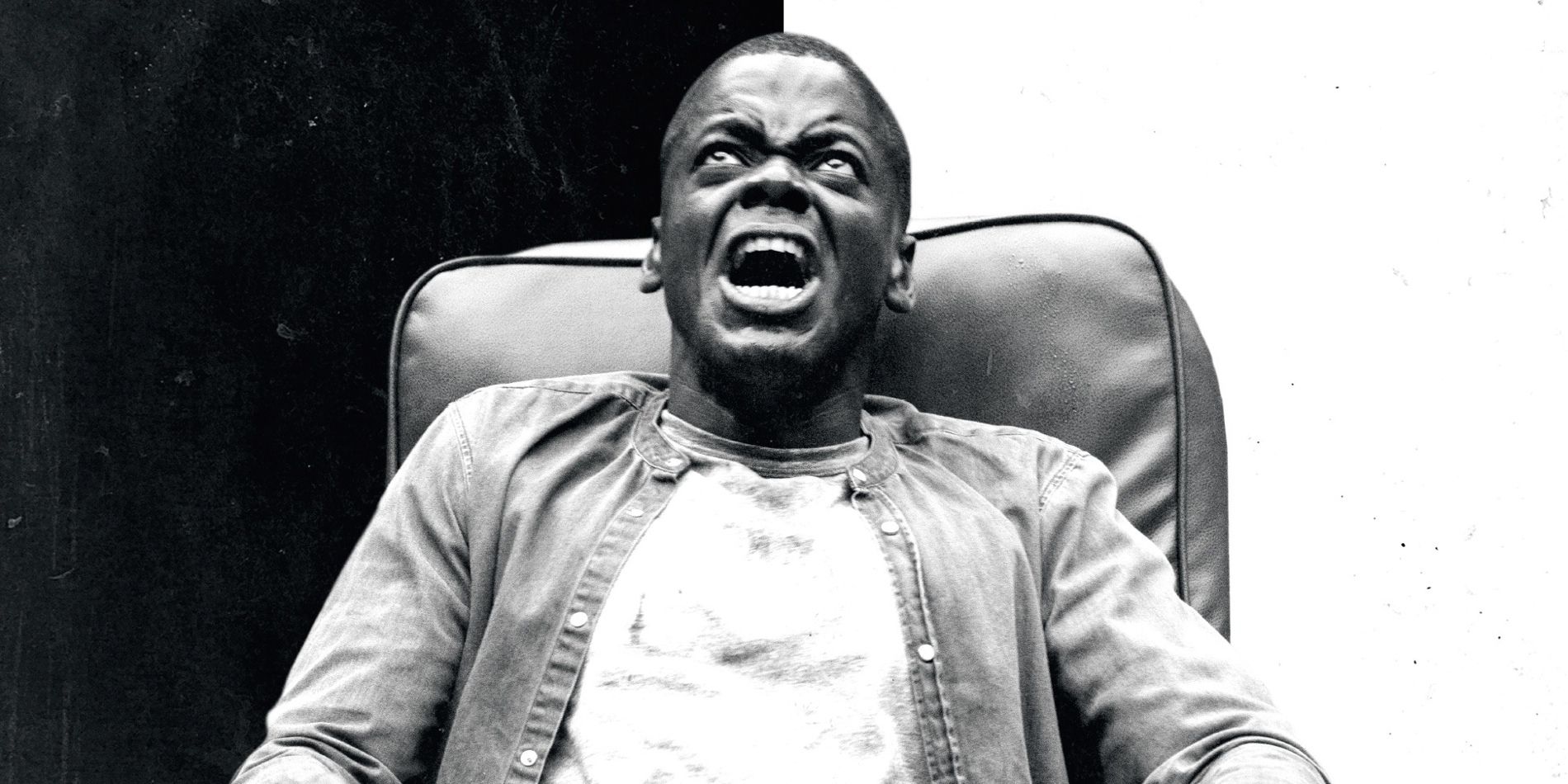The horror genre isn't quite as much of a throwaway as some may consider it to be. It's not always taken seriously, and it's not nearly as respected during awards season as it deserves to be, but horror can hold its own. With each generation of fright flicks, we see a new side of the genre that is fresh, unexpected, and very much a product of its time. These films are often the game-changers. They define the generation singlehandedly, creating a definitive approach that breeds replication, and then ultimately expires, only to be replaced by yet another new direction. The horror genre is a shapeshifter (not unlike its monsters), and it's always adapting.
So, that ought to be reason enough for a retrospective. When the world changes, so changes horror. It leans on the weight of the world, so to speak, responding to real life terrors and transforming them into something even more diabolical (or at the very least, more fantastical). So, for your combined dose of history and horror, keep reading to shed some light on 15 Horror Films That Defined Their Generation.
16. The Cabinet Of Dr. Caligari (1920s)
When it came to fictional horror back in the early 20th century, theater and the written word were where you found it. So, when horror finally dipped its toes into cinema, the genre was getting an upgrade, so to speak. It was given the chance to scare the hell out of audiences through an entirely new medium, and one film that confidently carried the weight of that duty was The Cabinet of Dr. Caligari.
Oftentimes, the best horror is the kind that can get under your skin, and in 1920, this film introduced a new wave of terror in moving pictures. Perhaps The Cabinet of Dr. Caligari is not as universally recognized as something like Nosferatu, which was released two years later, but ultimately, it's more definitive of the time in which it was released. The Cabinet of Dr. Caligari introduced the world to German, Expressionist horror, and it would be the influence that countless horror films from then on would nod to time and time again.
15. Dracula (1930s)
The 1930s was the era that introduced audiences to the Universal monsters. These were the films that have become staples within the genre, and in a sense, this was unofficially the Golden Age of horror in film. However, it was the crowning jewel, Dracula, that reigned supreme. This was a decade that gave audiences Frankenstein, The Mummy, and The Invisible Man, just to name a few, but Dracula was the creature of the night that became the singular staple within the genre. In fact, Dracula set several precedents for horror, including everything we know and love about vampires, the Gothic influence, and romantic villains.
Released in 1931, not long after the stock market crash of 1929, Dracula introduced a villain who was both wealthy and powerful, a drastic antithesis of everything the average man and woman in the United States represented during the time of its release. Horror inspired by horror may as well be a trademark within the genre.
14. The Wolf Man (1940s)
The Universal monsters maintained their presence well into the 1940s (even though sequel-itis ran amok just as potently as it does today), and the quintessential horror film of this era was The Wolf Man. Aside from simply being a fun-to-watch creature feature, The Wolf Man marked a new era in horror. It passed the torch not just in terms of style, but among the actors as well.
Lon Chaney, the facial contortionist who set the stage for movie makeup and effects in films like The Phantom of the Opera and The Hunchback of Notre Dame, introduced the world to his son, Lon Chaney Jr. — the man who would become Lawrence Talbot, aka the Wolf Man. 1941, the year The Wolf Man was released, was a mess of a year, so it was only fitting that this picture had a mess of a character in its lead. A lack of self-control, fighting the beast within, mental collapse... Calling it "timely" is putting it lightly.
13. Invasion Of The Body Snatchers/Godzilla (1950s)
In the 1950s, Communism was the ultimate boogeyman. Not only were people afraid it might take over, they were afraid of people who might be hiding these ideals in plain sight. So, if you want to scare people, you find out what's already scaring them, and you simply escalate the dread — which brings us to Invasion of the Body Snatchers. The film's release in 1956 also marked the end of McCarthyism, but it was still very much on everybody's minds. Who could you trust? Who was really who they said they were. Much like the Salem Witch Trials, friend turned against friend, mostly to save their own neck, and Invasion of the Body Snatchers brought this fear to a new level. It just so happens that this particular spin on the topic included aliens and body possession, a theme that would not only epitomize its own era, but pave the way for more aggressive interpretations in the future.
Simultaneously, Godzilla was released in Japan around the same time, addressing growing fears of the atom bomb. What sort of horror could the atom bomb bring? A giant reptile seemed about right.
12. Psycho (Early 1960s)
The horror genre simplified itself in the early 1960s. Instead of monsters (don't worry, they'll make a comeback), audiences were treated to psychosis. In fact, the decade was ushered in with the aptly titled Psycho. Alfred Hitchcock, who was already a household name by the time 1960 came around, took his mastered skills in suspense and sprinkled them with classic horror themes (the scary house on a hill, the evil parent, the isolating storm), making Psycho the quintessential fright flick of this particular decade.
The 1960s represented a dawn of something new, highlighting the hopeful prospects of ambition and youth. Psycho also highlights these very themes — just with a slightly wickeder twist. If you were young with rose-tinted specs in the 1960s, Hitchcock was there to remind you that even the most promising pursuits may have some skeletons hiding in the closet.
11. Night Of The Living Dead (Late 1960s)
If the early 1960s wanted to get into your head, then the late 1960s wanted to get under your skin — literally. The concept of zombies had been toyed with before (bringing the dead back to life was hardly a novel idea by this time), but George A. Romero undoubtedly breathed new life into these particular monsters. This was the dawn of the flesh-hungry undead, and its blatant influence is still felt to this day. In fact, "zombie culture" may as well be running too rampant these days, but that's neither here nor there.
In the late 1960s, Night of the Living Dead was unwelcome by many, especially by those who weren't keen on stomaching violence, but turned a blind eye to certain social issues like race and blind conformity. While the world was brimming with hope, Romero dashed those dreams with cruel realism, albeit through blatant fiction.
10. The Exorcist/The Texas Chainsaw Massacre (Early 1970s)
By the time the 1970s came around, audiences were just starting to get accustomed to casual gore. Still, they likely didn't know what to expect by the time The Exorcist was released (even if they had already read the book). This was a movie that dashed the American dream, peeling away the safety net that most people felt blindly comforted by. The monster isn't just haunting your family, it becomes your family. The Exorcist also toyed with religion and feminism, topics that have been otherwise ignored for the most part in the past. Not unlike Night of the Living Dead, this film ushered in the concept of shock value, but in a way that audiences may not have been entirely prepared for. Honestly, when people are vomiting and passing out in theaters, "effective" is putting it lightly. The Exorcist didn't just put a stamp on cinema, it made a mark on the overall social culture of the 1970s.
However, it was hardly alone in this. The Texas Chainsaw Massacre introduced the concept of blunt, aimless torture, opening the door for future horror filmmakers hoping to dabble in experimental limit-pushing within the genre.
9. Halloween/Dawn Of The Dead/Alien (Late 1970s)
America in the late 1970s was fun and fancy-free. A new decade was approaching and hope was ripe; so any evil that might have been lurking was the quiet kind. In Halloween, Michael Myers represented the darkness that people were happy to stow away in exchange for peace of mind. An independent, meagerly-budgeted film, Halloween wanted to scare the hell out of its teenage audience (as well as their unsuspecting parents), reminding them that no matter how bright-eyed they may be, there will always be some discouraging threat ready to tear them down (and possibly even kill them). Assuming you ignore the sequels, there was no explanation for this particular evil. It just shows up, wreaks havoc, and then disappears...not unlike Alien. One just happened to be a vicious space monster, while the other was all of your worst fears immortalized in a bleached William Shatner mask.
Then, to tap off the '70s, George A. Romero returned with Dawn of the Dead. However, this time his point of view shifted, and his goal was to criticize commercialism and its nesting ground within "mall culture" — AKA horror in its purest form.
8. The Shining (Early 1980s)
The early 1980s boasted some serious heavyweights in the horror genre. Friday the 13th and A Nightmare on Elm Street were more or less cousins to Halloween, and films like The Thing and Poltergeist were treading on familiar ground to spectacular effect, but when Stanley Kubrick adapted Stephen King's The Shining, so came a new dawn of horror.
Despite being a relatively loose adaptation of the novel, The Shining was a cocktail of various horror elements that hadn't ever been so masterfully combined until Kubrick had a go at them. Crumbling family, psychosis, and addiction set against the background of a haunted hotel — The Shining encapsulates an updated take on classic horror tropes. Even among a new wave of slashers and ghost stories, the early '80s tipped its hat at The Shining for representing an introduction into something bigger and unfamiliar in the horror genre... even though Stephen King himself wasn't entirely thrilled with how the adaptation ultimately turned out.
7. Evil Dead II (Late 1980s)
Once audiences were more or less spent when it came to psychological horror, filmmakers took note and invested as much of their imagination as they could muster into a reawakening of the "creature feature." What's more is that they made sure to not to take themselves too seriously, introducing us to films like Re-Animator, Child's Play, and The Lost Boys, among others.
But the film that takes the cake in this department is Evil Dead II. While its predecessor, the first entry in the series, is just as much of a classic, Evil Dead II is the epitome of outlandish, gore-infested horror (and in fact, it works just as well as a sequel as it does a remake). While not entirely as popular at the time as some of the more mainstream films that were released during the end of the decade, Evil Dead II has become a cult classic, and in doing so, it's defined this particular generation in ways that other horror films at the time (and even today) could only hope to sniff at.
6. Scream (Early/Mid-1990s)
The late 1980s was having fun with horror. Perhaps too much fun. By the time the '90s rolled around, horror films were cheap and laughable for the most part, and they were often home to underdeveloped, lifeless sequels. In short, the genre needed a facelift, and screenwriter Kevin Williamson did just that when he wrote Scream.
As much of a satire as it was a classic slasher, Scream revitalized the horror genre, reminding audiences that just because blood and guts are present doesn't mean that a clever script with solid acting and direction can't also share the stage. Scream ultimately resulted in a few sequels, but even the sequels were tongue-in-cheek commentaries on where the horror genre was and where it was going. After Scream, horror movies could still get away with being straitlaced and old-school, but not easily.
To paraphrase Rory Culkin's character in Scream 4, Scream made damn sure that studios understood that "audiences have become savvy to the rules" of classic horror tropes. From here on out, meta horror became the norm.
5. The Sixth Sense (Late 1990s)
While everyone else seemed to be attempting to copy the success of Scream, M. Night Shyamalan was eager to make his own mark. He was attempting to rekindle a type of terror that belonged to a simpler aesthetic. A simple mystery about family and ghosts, The Sixth Sense brought respect back to the horror genre.
While The Blair Witch Project, which was released in the same year in 1999, showcased a completely unique spin on the genre with its handheld format, The Sixth Sense was a sort of calm before the storm (the storm being the horror genre following the new millennium). It defined this generation in its combination of simplicity and innovation, in its ability to stand out between two fiery generations in the horror genre, and through the critical respect it managed to earn. This wasn't just a ghost story with a twist; it was a ghost story that reminded audiences how significant the horror genre could ultimately be. For anyone who managed to catch this one without having the big twist ending spoiled for them, they definitely got their money's worth.
4. Saw (Early 2000s)
The early 2000s is a time when horror seemed to want to reinvent itself again; when it seemed as though it needed to up the ante. Supernatural was old hat, so to shake things up, newcomer James Wan got to the core of horror and introduced what later would come to be known as "torture porn."
Saw was one of the first post-9/11 horror films that reminded audiences that perfect strangers are the truest sources of terror. At this point in time, truth was far more horrifying than fiction, so the horror genre had a hell of a hurdle to jump. How do you scare an audience that's just witnessed one of the most horrific moments in modern history?
According to Saw, you cut to the core. Literally. You rely on shock value. You create images that make audiences squirm and want to look away. Saw earned a negative reputation through its nearly countless sequels, but as a standalone film, it defined a generation that saw horror in a very different light than most past generations could understand.
3. Paranormal Activity (Late 2000s)
In an attempt to differentiate itself from a significantly bloody beginning to the decade, the late 2000s altered its approach to horror. This was a time of financial strain following the Great Recession, so extravagance had gone out the window. Replacing it was sheer simplicity, and Paranormal Activity took that helm confidently.
This was a movie that proudly rocked the bare-bone approach to filmmaking, proving that audiences would gladly line up to see a film that didn't bother relying on a big budget or celebrity acclaim. It proved that money woes didn't need to equate to poor box office sales, and as a result, it gave studios the confidence to produce horror films that relied more heavily on what makes a horror film work so effectively, rather than whatever they believe might be the most commercially safe endeavor.
2. The Conjuring (Early 2010s)
The simplistic approach to horror filmmaking was unsurprisingly embraced by producers, and low-budget horror films became the norm in the late 2000s and early 2010s. This movement gave us films like Insidious, which in turn let audiences discover what else James Wan was able to bring to the genre. In short, it was clear enough that he could handle supernatural horror just as well as he could mortal horror.
So, when The Conjuring was released in 2013, audiences didn't just get yet another solid ghost story, they got the beginnings of the horror's equivalent to the MCU: the HCU (the Horror Cinematic Universe). Through The Conjuring, we have real-life ghost hunters Ed and Lorraine Warren, which opens the doors to sequels and spinoffs pertaining to their ghostly ventures. The horror genre has dabbled its fair share in anthology films (Creepshow, Trick 'r Treat, V/H/S), but The Conjuring introduced something even broader. Today, we have the Conjuring universe, the upcoming Universal Monsters universe, and even the Friday/Nightmare universe. Where that'll go, however, remains to be seen...
1. Get Out (Late 2010s)
If you want to say something, that "something" has to pack a punch. Otherwise, it's just going to get lost in the shuffle. This is precisely why the horror genre plays such an important role in commentating on topical social issues. It's able to take an issue based in reality and call attention to it by simply incorporating blood, guts, and jump scares.
With Get Out, the issue is fairly obvious right from the get-go. Race has long been a topic that horror films have covered, but Get Out gets right to the point. It doesn't bother putting race in the subtext, because it's too busy showcasing it front and center. To many people, these are turbulent times, so to have a cinematic genre that is happy to not only shed light on topical issues, but reveal the horrific nature at the core, offers some considerable hope to the genre.
Horror may miss its mark every now and then (and sometimes more often than horror fans may like to admit), but when it works, it has the potential to leave a mark — one that might even have the potential to impact and define the entire generation in which it was created. Hopefully, the message of Get Out was received loud and clear.
--
Did a horror film that you think should be included here not make the cut? Let us know what other generation-defining horror films deserve more credit in the comments!

